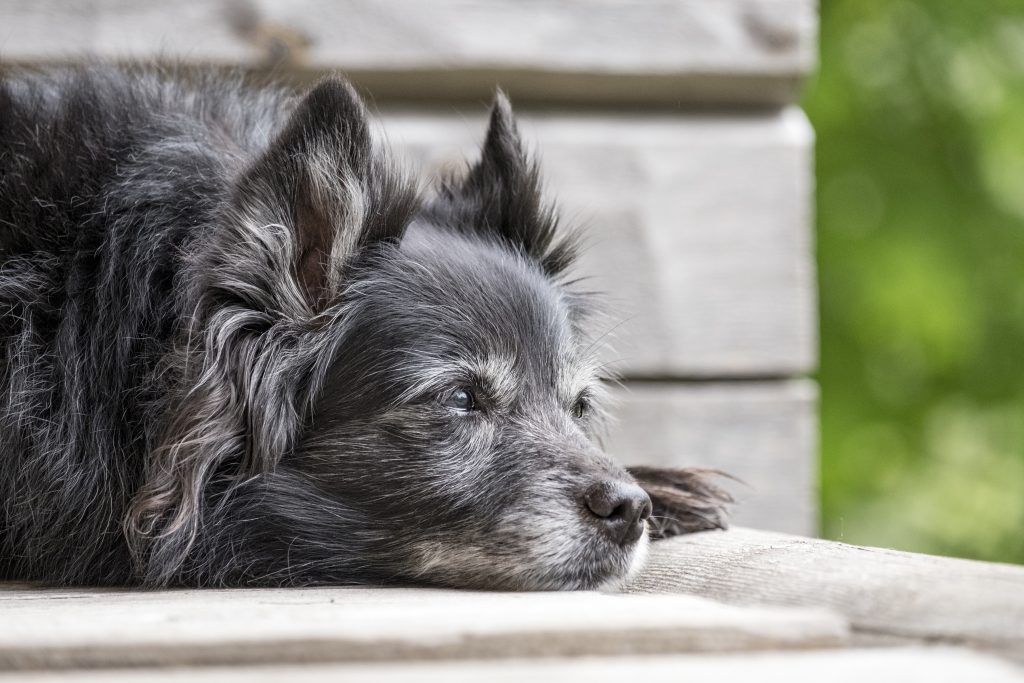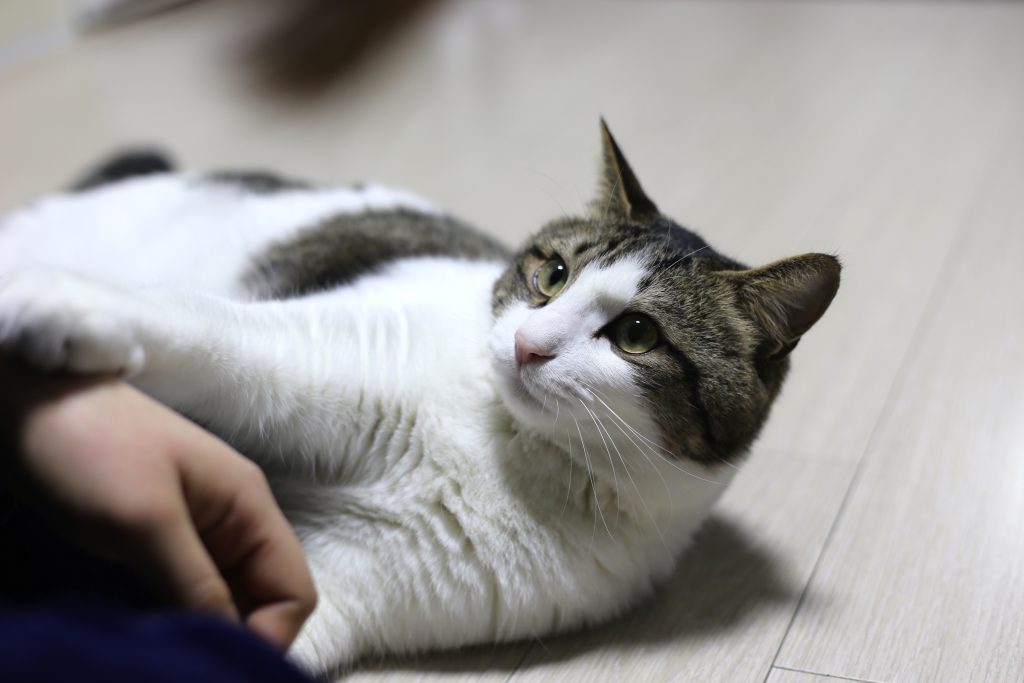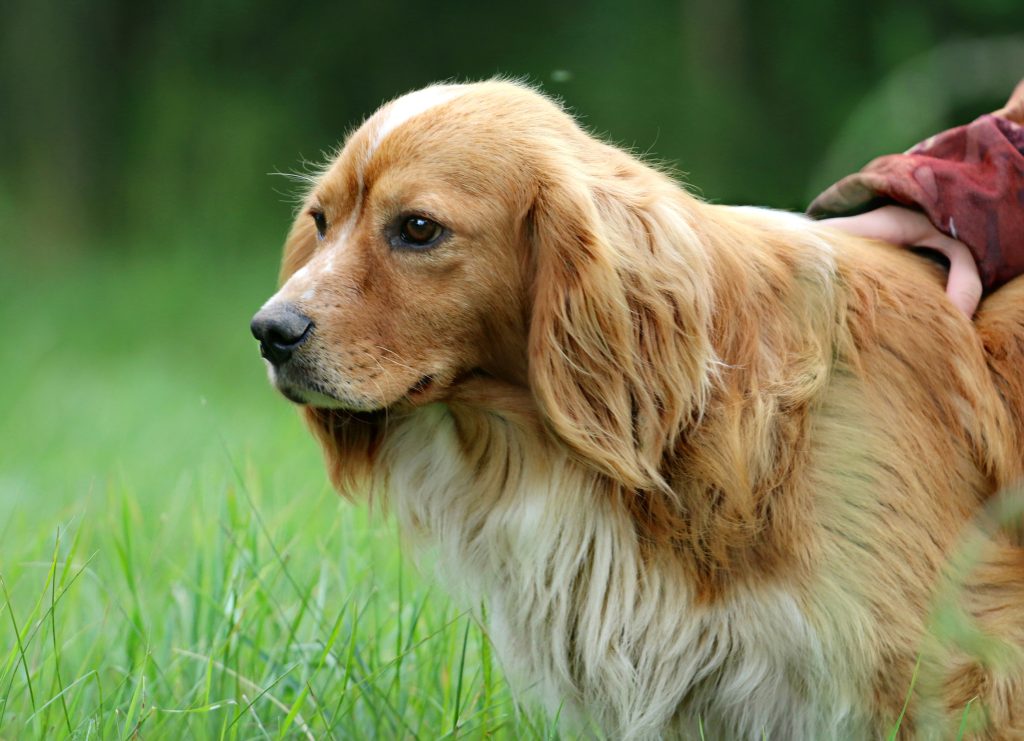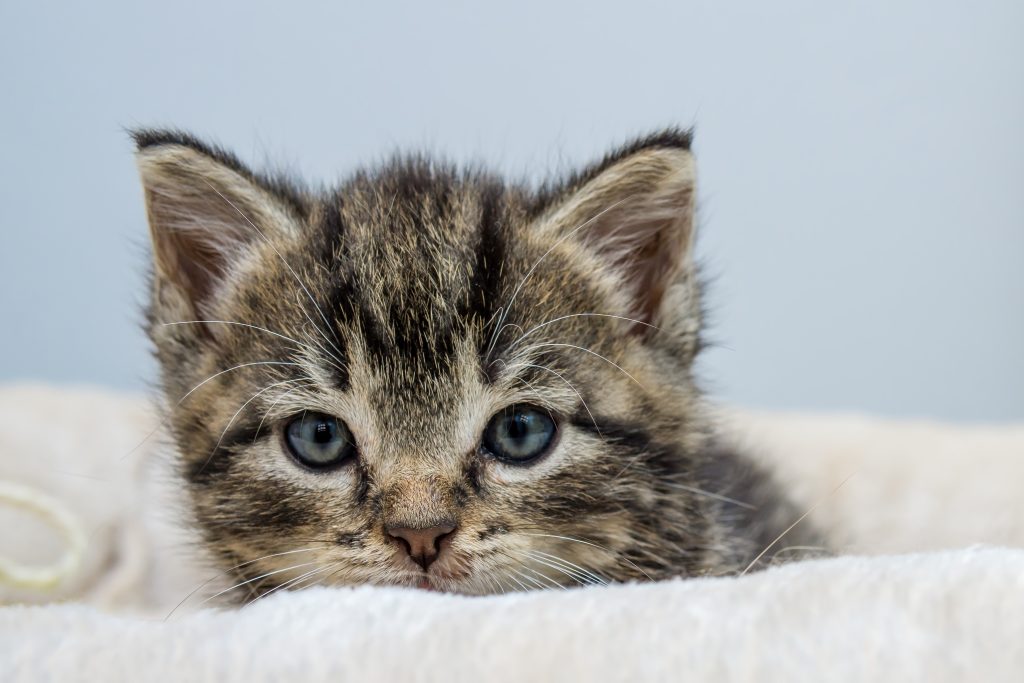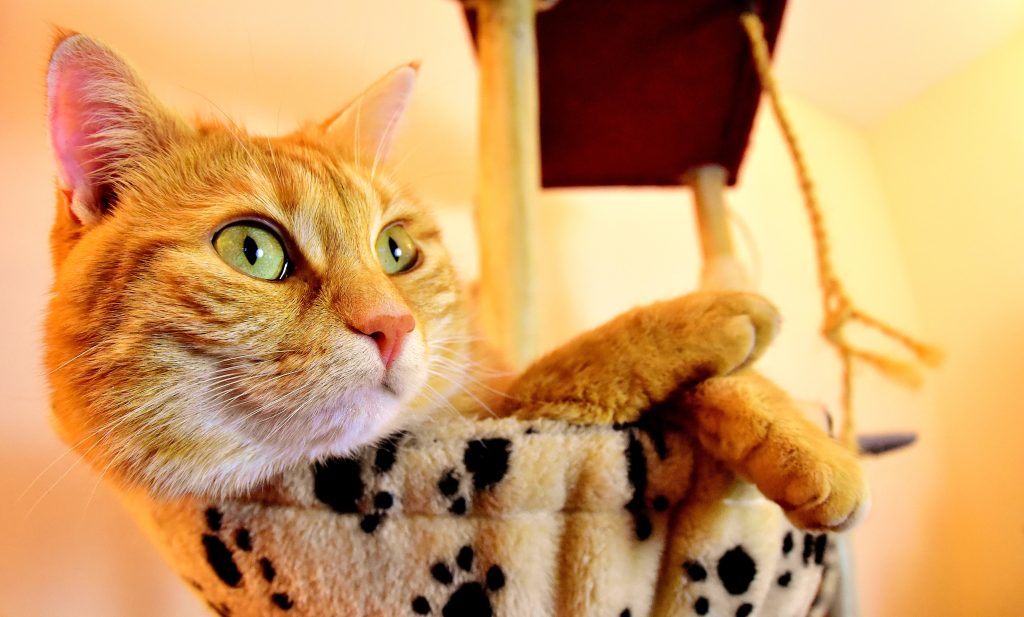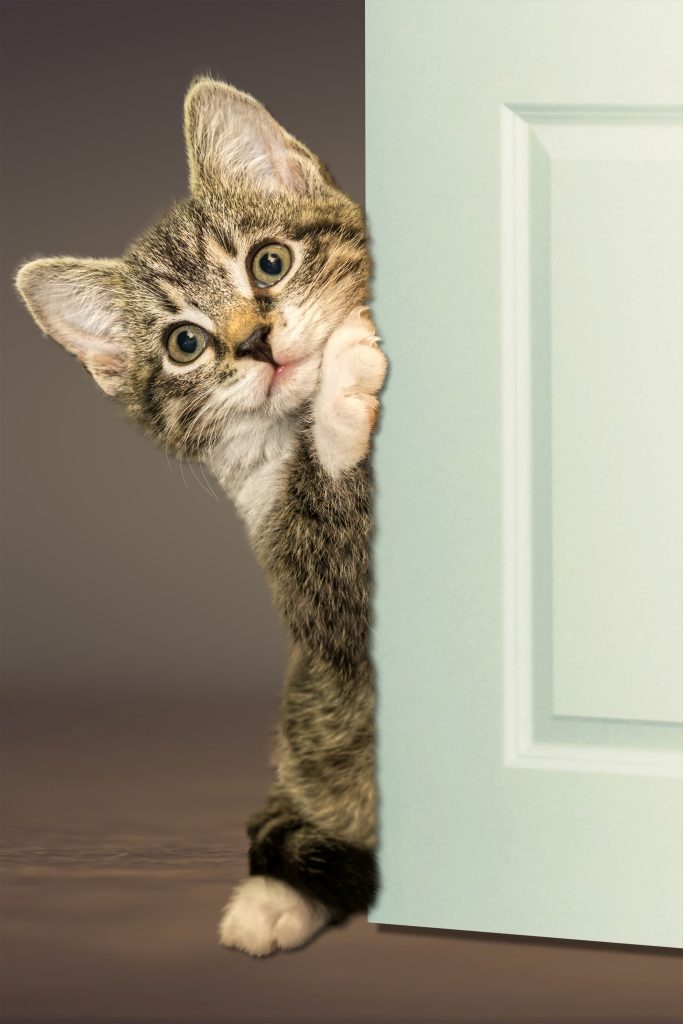Hip and elbow dysplasia are two of the most common skeletal diseases seen in dogs, especially larger breeds. These inherited conditions involve abnormal formation and laxity of the joints, which can lead to arthritis, pain, and loss of mobility over time if left untreated.
Hip Dysplasia
Canine hip dysplasia occurs when the ball and socket of the hip joint does not form or develop properly. This malformation causes the bones to grind and rub abnormally instead of forming a smooth joint. Over time, this leads to deterioration of the joint cartilage and surrounding bones.
Large and giant breed dogs like Labrador Retrievers, German Shepherds, Rottweilers and Saint Bernards are at highest risk due to their rapid growth rates as puppies. But hip dysplasia can also occur in smaller dogs.
Elbow Dysplasia
- Elbow dysplasia is actually a group of inherited conditions affecting different areas of the elbow joint. The three most common forms are:
- A piece of bone breaks off within the elbow joint
- The anconeal bone does not fuse properly
- Abnormal friction and grinding leads to cartilage erosion
While often seen in the same larger breeds prone to hip dysplasia, elbow issues can develop in any breed.
Signs and symptoms of hip and elbow dysplasia in dogs:
The symptoms of hip and elbow dysplasia can vary based on the dog’s age, the severity of the malformation, and how quickly the condition progresses. However, there are some common signs to watch for:
In puppies as young as 5-6 months old, observable symptoms may include:
– Wobbling or a swaying bunny-hopping gait in the hind legs
– Difficulty getting up from a lying position
– Lessened range of motion and activity levels
– Audible clicking or popping sounds from the affected joints
As the dog matures into adulthood, untreated dysplasia often leads to:
– Persistent hind limb lameness/limping after exercise or prolonged rest
– Difficulty climbing stairs or jumping
– Signs of joint pain like stiffness after rest, excessive grooming of joints
– Decrease in muscle mass around affected hip/elbow areas
In severe, advanced cases of hip or elbow dysplasia, arthritis will develop over time which brings additional symptoms:
– Decreased activity levels and reluctance to exercise
– Loss of muscle tone over the hip/shoulder areas
– Yelping or other vocal signs of pain when joints are manipulated
– “Bunny hopping” running gait becomes more exaggerated
Dogs with dysplasia may also exhibit irritability, depressed attitude, and other behavioral changes as a result of chronic pain and limited mobility. Weight gain from reduced activity can exacerbate the condition as well.
While hip dysplasia symptoms typically affect the hind limbs, dogs with elbow issues often show forelimb lameness and an inability to bear weight on the affected limb(s). Swelling around the elbow joint is also common.
Early detection and proactive treatment is ideal, as untreated dysplasia only worsens over time. Any persistent limping or gait issues in dogs should be evaluated by a vet.
Diagnosis and Treatment
Vets can preliminarily diagnose dysplasia through physical exams testing joint laxity. X-rays confirm the degree of malformation and arthritis present. Treatment usually involves a combination of weight management, exercise modification, joint supplements, anti-inflammatory medications, and in severe cases, surgery.
Selective breeding to identify and avoid propagating dysplastic lines can help reduce the prevalence of these painful skeletal diseases. But proper weight control and low-impact exercise are vital for all large-breed dogs to minimize dysplasia-related issues.
Wellness and Nutrition tips for Dysplasia in dogs by our experts
- Proper nutrition and weight management from puppyhood are crucial for preventing or minimizing the effects of dysplasia in large and giant breed dogs.
- Feeding a large-breed puppy formula helps moderate rapid growth spurts that can negatively impact joint formation.
- Maintaining an ideal body condition score by monitoring calorie intake is also important, as excess weight puts considerable strain on developing joints.
- Supplementing the diet with omega-3 fatty acids and other joint-supporting nutraceuticals can promote healthy cartilage.
- Low-impact exercise like leash walking and swimming allows muscle strengthening without excessive joint stress.
- Providing good traction on floors, using ramps, and avoiding excessive jumping also reduces dysplasia risk.
- For susceptible breeds, breeders should screen for hip and elbow dysplasia over multiple generations to identify and remove affected bloodlines.
- With proactive joint-friendly nutrition, appropriate exercise, weight control, and an accommodating environment, many cases of crippling dysplasia can potentially be prevented.



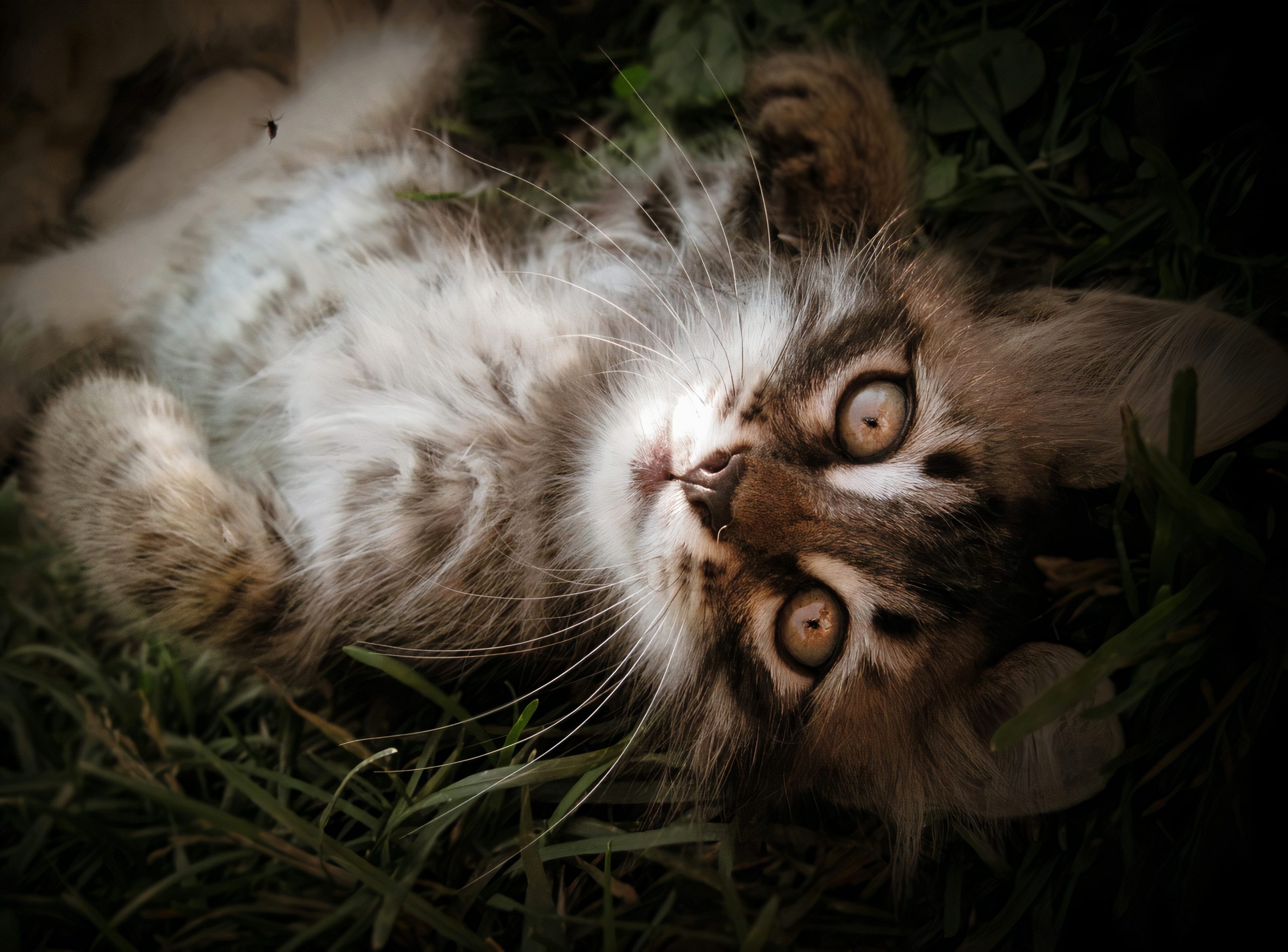
 On demand visits for urgent issues 24/7
On demand visits for urgent issues 24/7 
